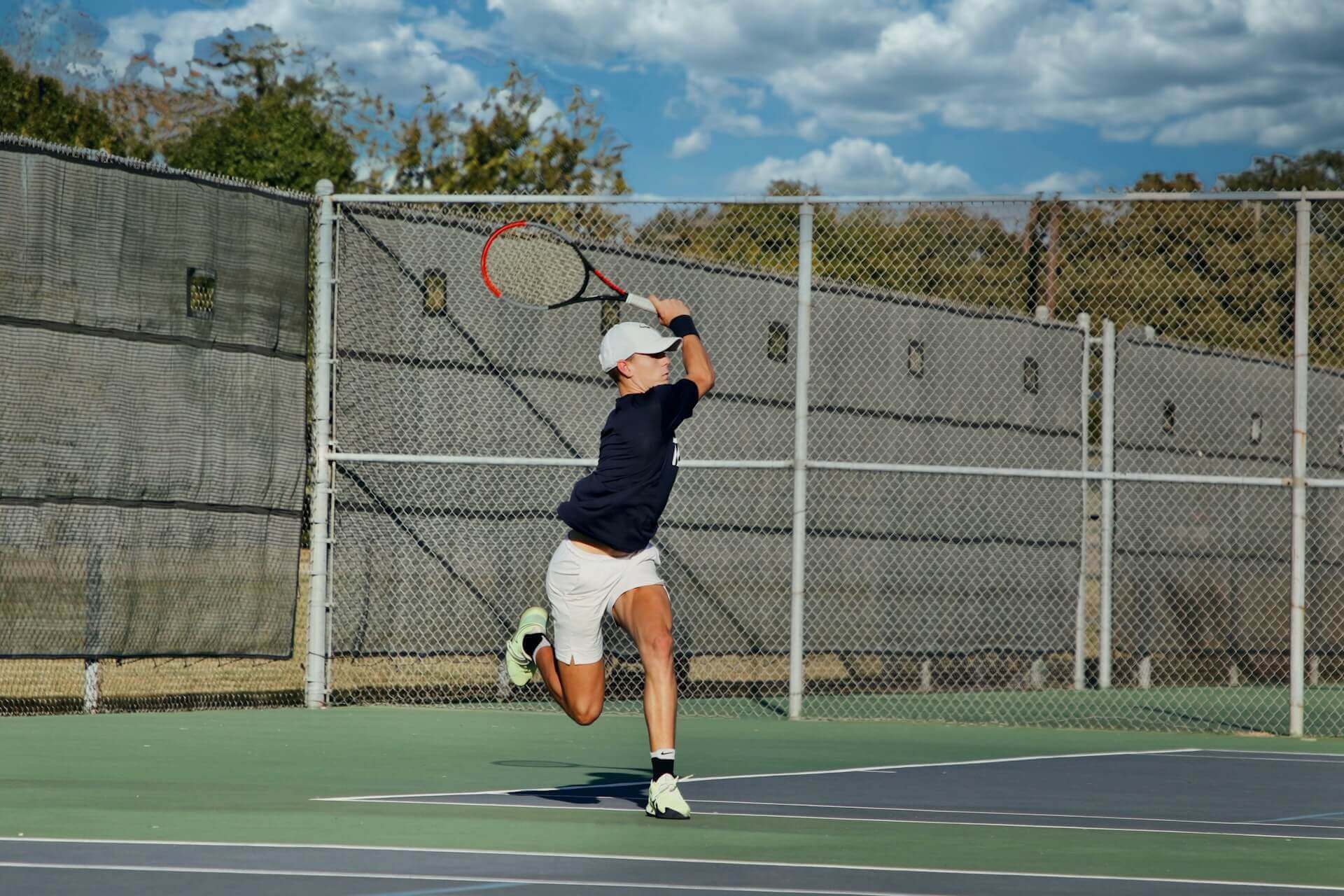How to Improve Hand Eye Coordination
Sophia Woods Editor / Oct 10, 2025
Want to improve your hand-eye coordination? Hand-eye coordination refers to the precise coordination between your eyes and hands and is crucial for everyday life and various sports. This article aims to answer the question: What sports and games can improve my hand-eye coordination?

Fortunately, hand-eye coordination can be improved through specialized training, and sports and educational games are the most effective ways to do so. This article will explore how to improve hand-eye coordination through sports and educational games.
What Is Hand Eye Coordination
Hand-eye coordination refers to the coordination of fine motor movements with vision. The eyes transmit visual stimuli to the brain, which then issues commands to the hands to complete tasks. Not only does hand-eye coordination closely link to physical and intellectual development, but it also influences a person's emotions, personality, and social participation.
For example, when a child wants to eat by himself, he first sees the food visually, and then his brain sends a command to "use your hand to pick up the spoon". Then the arm muscles and hand muscles work together flexibly to pick up the spoon to scoop up the food, and then use his eyes to judge the distance between his hand and mouth, and put the food into his mouth accurately.
How Does Hand Eye Coordination Affect Our Lives
Hand-eye coordination plays a crucial role in our daily lives and academic performance. Children rely on hand-eye coordination to learn basic tasks such as writing, drawing, and puzzles. Without sufficient hand-eye coordination, children may become clumsy or have difficulty with these tasks. Adults also rely on hand-eye coordination to complete tasks and sports. Athletes use it to judge the speed and direction of objects and react quickly and accurately. Designers and drivers rely on hand-eye coordination to maintain efficiency and accuracy in their operations.
Risks of Poor Hand Eye Coordination
Poor hand-eye coordination may lead to the following problems:
- Clumsy writing or tool handling, affecting efficiency and accuracy.
- Slowed motor skills, making it difficult to react quickly or perform precise movements.
- Difficulty completing tasks requiring fine motor skills, such as design, drawing, and programming.
Causes of Poor Hand Eye Coordination
- Physical vision problems
- Lack of early tactile training.
- Deterioration with age.
The Truth About Hand Eye Coordination
While we may appear to be training our hands and eyes, we're actually training our brains. Eye-hand coordination is the brain's ability to control hand movements using visual information. It involves the precise coordination of visual perception, neural conduction, and muscle movement. It directly impacts the efficiency of daily activities (such as writing and grasping objects) and the development of professional skills (such as sports and playing musical instruments). Its level is determined by physiological structure, developmental stage, and acquired training.
How to Train Hand-Eye Coordination
Hand-eye coordination is essential for precise manipulation in daily activities, sports, and work. Regular training can improve the synchronization of vision and hand movements, leading to greater efficiency and precision in everyday life.
1. Handicraft Practice
Through activities like paper cutting, jigsaw puzzles, and building blocks, you focus on the target while your brain directs your arms to the next movement. This improves the precision and sensitivity of hand-eye coordination.
2. Ball Games
Basketball, soccer, volleyball, tennis, and other sports are all available. Playing and throwing balls can strengthen eye-hand coordination, training reaction speed and precision.
3. Brain Games
Brain games can also help improve hand-eye coordination and strengthen the synchronization between vision and hand movements. Spending just a few minutes a day playing games that train hand-eye coordination can gradually and effectively improve your skills.
4. Swimming Training
When swimming, your arms are often out of sight, and the brain can't directly receive visual signals from them. This requires imagination, calculation, and adjustment of arm position. The arms encounter greater resistance in the water than usual, which also challenges the brain's ability to react.
5. Juggling and Kung Fu
Breathing deeply during exercise and constantly adjusting your center of gravity while changing your body position can improve your reflexes, balance, strength, and flexibility.
6. Balance Training
Exercises such as standing on one leg or with your eyes closed can enhance your sense of balance and control.
7. Dance Practice
Exercises such as Latin and jazz dance can improve your sense of rhythm and coordination.
8. Musical Instrument Training
Learning an instrument, such as piano, guitar, ukulele, or violin, is a great way to improve hand-eye coordination. By reading the music and controlling the instrument with both hands, you can enhance your hand-eye coordination through the beautiful sound of singing.
9. Drawing or Doodling
Drawing a perfect painting requires a high level of hand-eye coordination and countless hours of practice. These exercises also continuously strengthen hand-eye coordination.
10. Boxing Practice
Through dodging exercises, you can develop quick reactions, improve striking accuracy, and enhance your self-defense abilities.
Final Thoughts
Hand-eye coordination may seem like an innate ability, but we can improve it with training! All movement is good for the brain, and you can improve your eye-hand coordination through exercise, practicing skills, and treating underlying medical conditions. It's important to emphasize that in many cases, decreased hand-eye coordination is simply a normal part of aging. As you age, you may notice that your hand-eye coordination is declining. This is a normal part of the aging process, so don't worry.
Disclaimer
Any assessments and their associated content on this website, regardless of date, are not intended to replace direct medical advice from your physician or other professional. If you experience severe or persistent symptoms, please consult a licensed mental health professional or healthcare provider.







